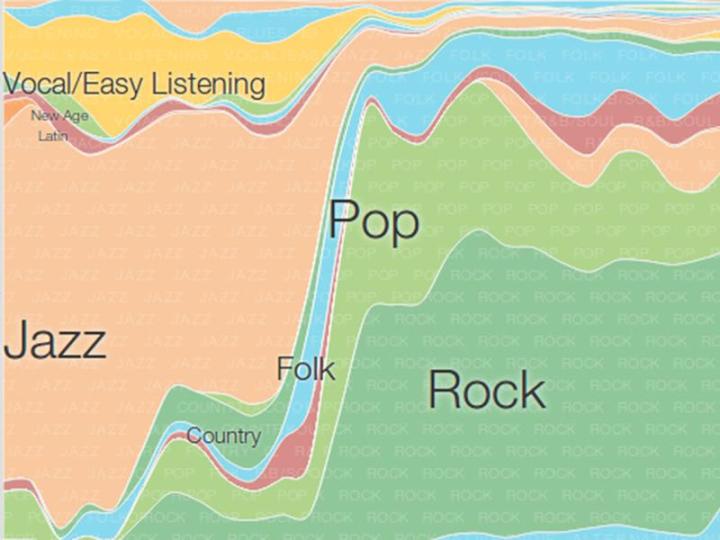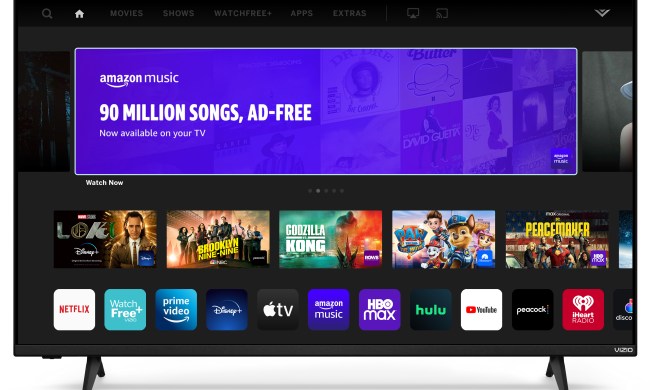
Google has released a new online visualization tool that lets you dig deep into the metadata of tracks on its Google Play Music service. The Music Timeline makes it possible to chart the popularity of particular genres and artists over time, and of course buy a few digital tracks from Google Play while you’re busy clicking around.
A post by Alison Cichowlas and Tony Lam on the Google Research Blog explores some of the ways in which the Web app can be used: “By clicking on the Metal stripe, we can see the handoff from Classic Metal to Hair Metal to Alt Metal within the growth of the overall genre, as well as some of the most popular artists that composed each subgenre.”
“The overall shape of each major genre shows when it hit the scene and when it retreated — for example, R&B has a long history of resurgences, but Electronica is a strictly recent phenomenon. Delve into changes in the vocabulary used to name artists and their work — funk may be over as a genre, but as a band or album name it seems to be timeless. Or search for a particular artist to see the trajectory of their career — contrast U2’s long-running reinvention and re-emergence from the ’80s up to today, versus a one hit wonder like Los del Río’s 1995 Macarena.”
If you’re a music lover, it’s easy to spend a substantial amount of time searching and clicking through to explore the data on offer. You can see when your favorite band were at their biggest, or chart the rise and fall of Brit Pop.
The Music Timeline FAQ explains some of the number-crunching behind the scenes: “The Music Timeline is based on album and artist statistics aggregated from Google Play Music — we define popularity by how many users have an artist or album in their music library. To keep the visualization legible, the overview data is normalized by the total number of albums from that year — this way, you can see and understand the timeline across all the decades.”
The only missing piece to the jigsaw is classical music. “Should a particular concerto recording be dated when Mozart wrote it in 1791, or when the Boston Symphony Orchestra performed it in 2009? Because of this difference, placing classical music on the timeline the same way as contemporary music looks counterintuitive, so it is omitted from this visualization,” explains the FAQ.


